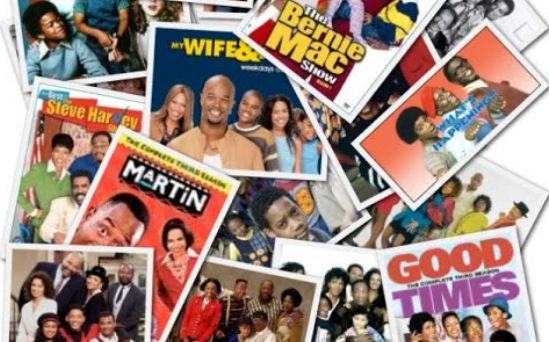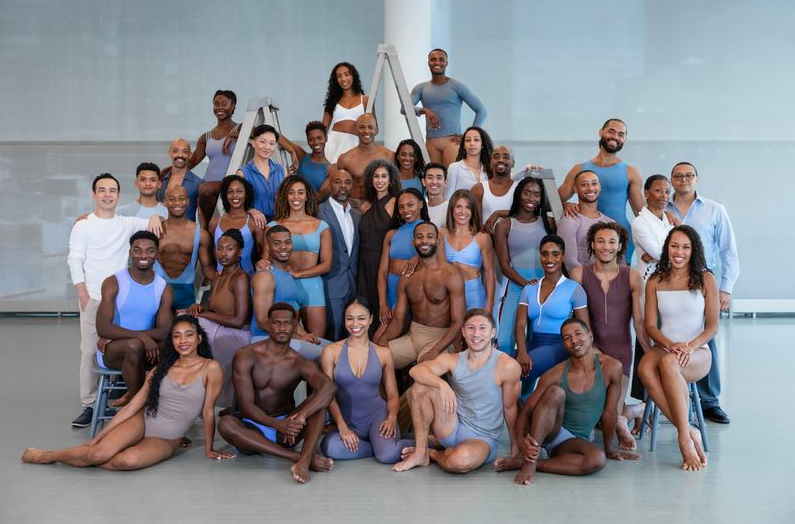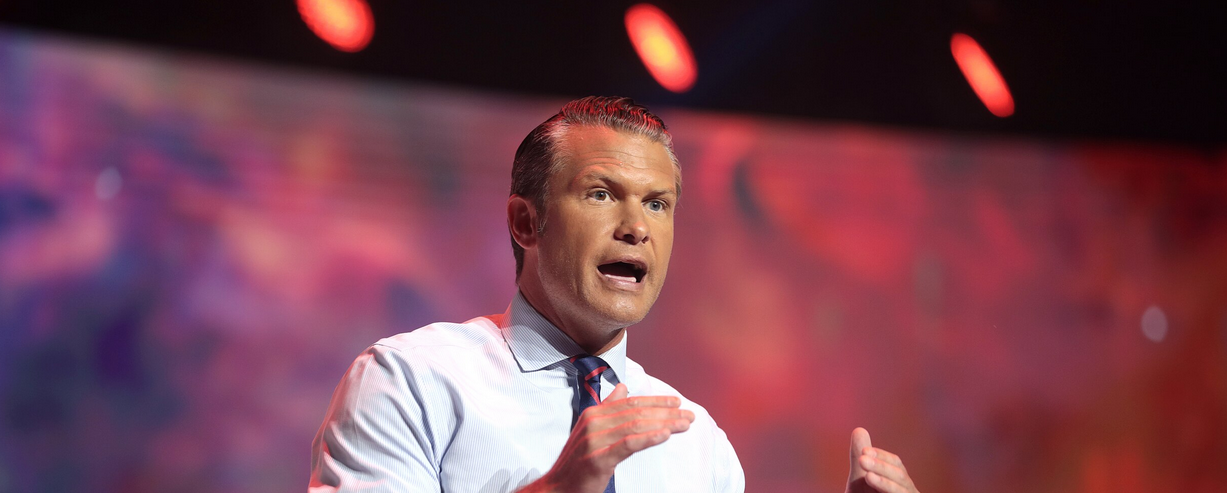Photos: YouTube Screenshots
Among U.S. audiences, Black consumers spend over 81 hours per week with media — 31.8% more than the general population, according to the latest Nielsen’s Diverse Intelligence Series report, “The global Black audience: Shaping the future of media.” With record-setting engagement and influence, what Black audiences expect from media—and how they access it—is changing.

In the quest for representative content, 73% of Black American audiences pay for three or more streaming services. Black audiences also feel that they could be better represented in the advertising targeted towards them. In the United States alone, 67% of Black audiences agree that they wish they saw more representation of their identity group while watching TV. The demand is also high in other countries, based on Nielsen’s research.
The issue of representation also extends to advertising, as 35% of Black Americans believe brands portray Black people the same way. 66% of Black consumers are willing to cut ties with brands that devalue their community. Nielsen’s report underscores the value and importance of building trust with Black audiences— not only because of their buying power, which is expected to top $2 trillion in the U.S. by 2026 —but also because Black-created and Black-inclusive content has become more influential than ever.
“Brands and programmers trying to connect with Black America have their work cut out for them to push beyond ‘urban’ and represent the spectrum of African American traditions as well as emerging nuance from the expanding Black immigrant and Black first-generation perspectives,” said Charlene Polite Corley, Vice President, Diverse Insights & Partnerships, Nielsen. “When considering any kind of engagement with Black audiences, it’s key to remember that Black culture is vast and expansive, and the global exchange of influence needs to be taken into account.”
The report, covering Black audiences in the U.S., Brazil, Nigeria, U.K. and South Africa, examines the untapped power and influence Black people have on the media landscape. With the African and Caribbean-born Black population growth increasing in the United States (about one in five Black Americans are immigrants or children of Black immigrants), Black experiences with media are becoming more globalized, setting the stage for brands and programmers looking to engage with this diverse audience in a rapidly expanding media landscape.
Black people are engaging more than ever with media content from creators across the Black Diaspora, pointing to the increasing influence of the African continent on Black culture and media habits across the globe. On average, 57% of respondents across general audiences in the United States, Brazil, Nigeria, South Africa, and the United Kingdom agree. More than half of first-generation Black Americans say they’re following a Black creator based outside of the U.S., and seven out of 10 Black respondents from the U.K. said they followed Black creators from other countries.

Other key findings in the report include:
Black audiences are changing how they consume news and information.
- Black Millennials rely heavily on social media for access to news content — naming social media, YouTube and cable TV as top news sources in Nielsen’s study.
- Black Millennials were more likely among all Black people and among Millennials overall to feel that local TV news isn’t a reliable information source, pointing to a need to differentiate the value of local journalism and maintain trust.
Black audiences are quickly embracing cable-free content viewing.
- As of September 2023, broadband-only (BBO) TV homes, which access TV content through an internet connection, had grown to account for nearly 44% of Black U.S. TV households — up from less than 13% back in 2019.
- While 3.2% of total TV usage is with free, ad-supported television (FAST) services like Tubi, Pluto TV and Roku Channel combined, Black viewers spend nearly 4% of their total TV time with Tubi alone.
For more details and insights, download the full report here. Join the conversation on LinkedIn, Facebook (Nielsen Diversity, Equity and Inclusion) and X (@Nielsen_DEI).
ABOUT NIELSEN’S DIVERSE INTELLIGENCE SERIES
In 2011, Nielsen launched the Diverse Intelligence Series, a robust portfolio of comprehensive reports that focus on diverse audiences and their media preferences, media trends and representation. The series has become an industry resource to help brands better understand and reach diverse customers. To learn more about Nielsen’s Diverse Intelligence research series, visit www.nielsen.com.
ABOUT NIELSEN
Nielsen shapes the world’s media and content as a global leader in audience measurement, data and analytics. Through our understanding of people and their behaviors across all channels and platforms, we empower our clients with independent and actionable intelligence so they can connect and engage with their audiences—now and into the future. Nielsen operates around the world in more than 55 countries. Learn more at www.nielsen.com and connect with us on social media (X, LinkedIn, Facebook and Instagram).
SOURCE Nielsen







